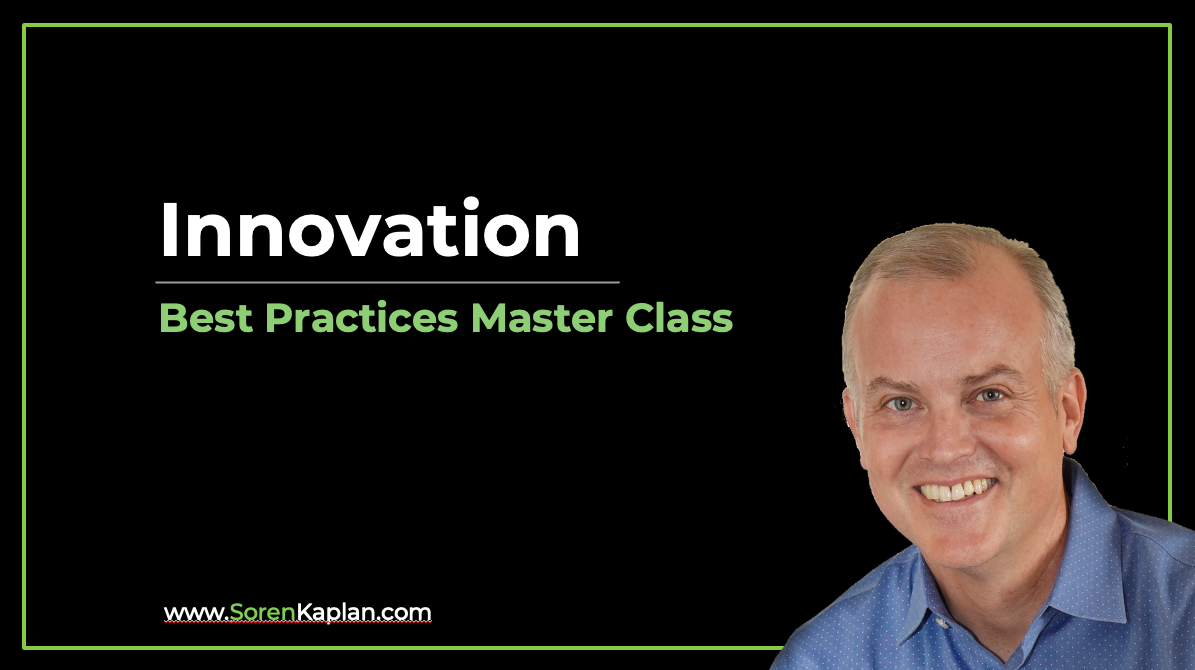What is the Technology Life Cycle?

The Technology Life Cycle Model tracks a technology’s progression from its introduction to eventual decline. It aligns with the market adoption curve, moving through Early Adopters, Visionaries, Pragmatists, Conservatives, and Laggards. Understanding this cycle helps businesses time investments, plan for obsolescence, and develop new innovations to stay ahead.
In an era where technology is constantly evolving, businesses must stay proactive in managing their technological assets. New technologies emerge rapidly, disrupting industries and rendering existing systems obsolete. Organizations that fail to recognize where a technology stands within its life cycle risk falling behind competitors or making costly investments in outdated solutions.
The Technology Life Cycle Model offers a structured approach to technology management. It enables organizations to assess when to scale, improve, or replace existing technologies, ensuring they allocate resources efficiently and maintain a competitive edge. By strategically managing technological transitions, businesses can optimize product longevity, enhance operational efficiency, and create opportunities for sustained innovation. Whether a company is developing emerging technologies, managing existing platforms, or phasing out legacy systems, this model serves as a vital roadmap for navigating the complexities of technological evolution.
Technology Life Cycle in Business Strategy
Managing technology effectively is crucial for sustained innovation and market leadership. The Technology Life Cycle Model helps organizations:
- Identify Growth Opportunities – Determine when to invest in emerging technologies.
- Optimize Resource Allocation – Align R&D and capital investment with market demand.
- Extend Product Longevity – Enhance or reposition technologies to avoid premature decline.
- Plan for Technological Transitions – Anticipate disruptions and prepare for replacements or upgrades.
By integrating this model into their strategic planning, businesses can maximize technological impact, reduce risks, and enhance long-term profitability. Organizations that proactively track their technology’s life cycle can avoid stagnation, capitalize on emerging trends, and maintain a leadership position in their industry.
Getting Started with the Technology Life Cycle Model
Applying the Technology Life Cycle Model requires a structured approach. Below is a step-by-step guide to managing technological evolution.
1. Incubate – Research and Develop Emerging Technologies
Every technology begins as an idea or prototype. Businesses should:
- Conduct market research and feasibility studies to assess potential value.
- Invest in R&D to refine and validate concepts before full-scale production.
- Engage early adopters and industry visionaries to generate interest and initial traction.
- Secure funding or partnerships to support early-stage development.
2. Scale – Drive Market Adoption and Growth
Once a technology gains traction, companies must expand market reach. This involves:
- Developing scalable production processes and distribution networks to support growth.
- Targeting pragmatists and early mainstream adopters to increase adoption rates.
- Refining pricing and business models to optimize profitability and accessibility.
- Strengthening brand positioning through strategic marketing and customer education.
3. Maturity – Maximize Efficiency and Competitive Positioning
As adoption stabilizes, organizations should optimize operations and extend market life by:
- Enhancing existing features and functionalities to maintain market relevance.
- Expanding into new markets or applications to sustain demand.
- Managing cost structures and operational efficiencies to improve profitability.
- Strengthening customer relationships through ongoing support and service enhancements.
4. Discontinuity – Prepare for Obsolescence and Transition
All technologies eventually decline or get replaced. Businesses should:
- Monitor market signals indicating reduced demand or competition from emerging technologies.
- Develop replacement strategies, including phased discontinuation plans, to ensure smooth transitions.
- Invest in next-generation solutions to stay ahead of industry shifts and market needs.
- Communicate changes effectively to customers and stakeholders to manage expectations.
Lead Successful Innovation Projects!

Project Recommendations for Success
Failure to Identify Market Readiness
Ensure early research and user validation to align product launch with market demand.
- Conduct pilot programs or beta tests before full deployment.
- Analyze competitor adoption rates to benchmark potential market interest.
- Utilize focus groups and customer feedback to refine product-market fit.
Over-Reliance on Aging Technologies
Continuously invest in innovation to avoid stagnation and competitive displacement.
- Regularly assess technology portfolio for outdated systems.
- Set innovation benchmarks to ensure ongoing technological advancement.
- Encourage R&D teams to explore emerging trends and disruptive innovations.
Ignoring Disruptive Trends
Monitor technological advancements and competitor activities to anticipate shifts.
- Stay informed through industry reports, conferences, and expert analysis.
- Establish partnerships with startups or research institutions for early exposure to innovations.
- Implement agile business models that allow for rapid adaptation to technological changes.
Lack of Transition Planning
Develop a structured phase-out strategy to minimize operational risks and customer disruptions.
- Plan system migrations well in advance to avoid service interruptions.
- Provide customers with clear timelines and alternative solutions when discontinuing technology.
- Allocate resources for training and support to facilitate a seamless transition.
Complementary Tools & Templates for Success
- Technology Adoption Curve Framework – Maps adoption stages and target audience behaviors.
- Product Lifecycle Management (PLM) Tool – Helps track and manage technology progression.
- Innovation Roadmap Template – Guides strategic planning for next-generation solutions.
- Competitive Benchmarking Framework – Evaluates technology positioning against industry leaders.
Conclusion
The Technology Life Cycle Model is essential for businesses looking to leverage technological advancements effectively. By understanding the stages of Incubation, Scaling, Maturity, and Discontinuity, organizations can time investments, optimize product strategies, and prepare for inevitable transitions.
Technology management is not just about innovation—it’s about knowing when to adopt, evolve, and retire technologies at the right time. Organizations that fail to adapt may find themselves investing in outdated solutions, while those that anticipate changes can gain a competitive edge by staying ahead of industry shifts.
A strategic approach to the technology life cycle ensures that businesses remain agile, minimize risks, and drive continuous innovation. By applying the principles of this model, organizations can navigate technological evolution with confidence, ensuring long-term success in an ever-evolving digital landscape.
Lead Successful Innovation Projects!
